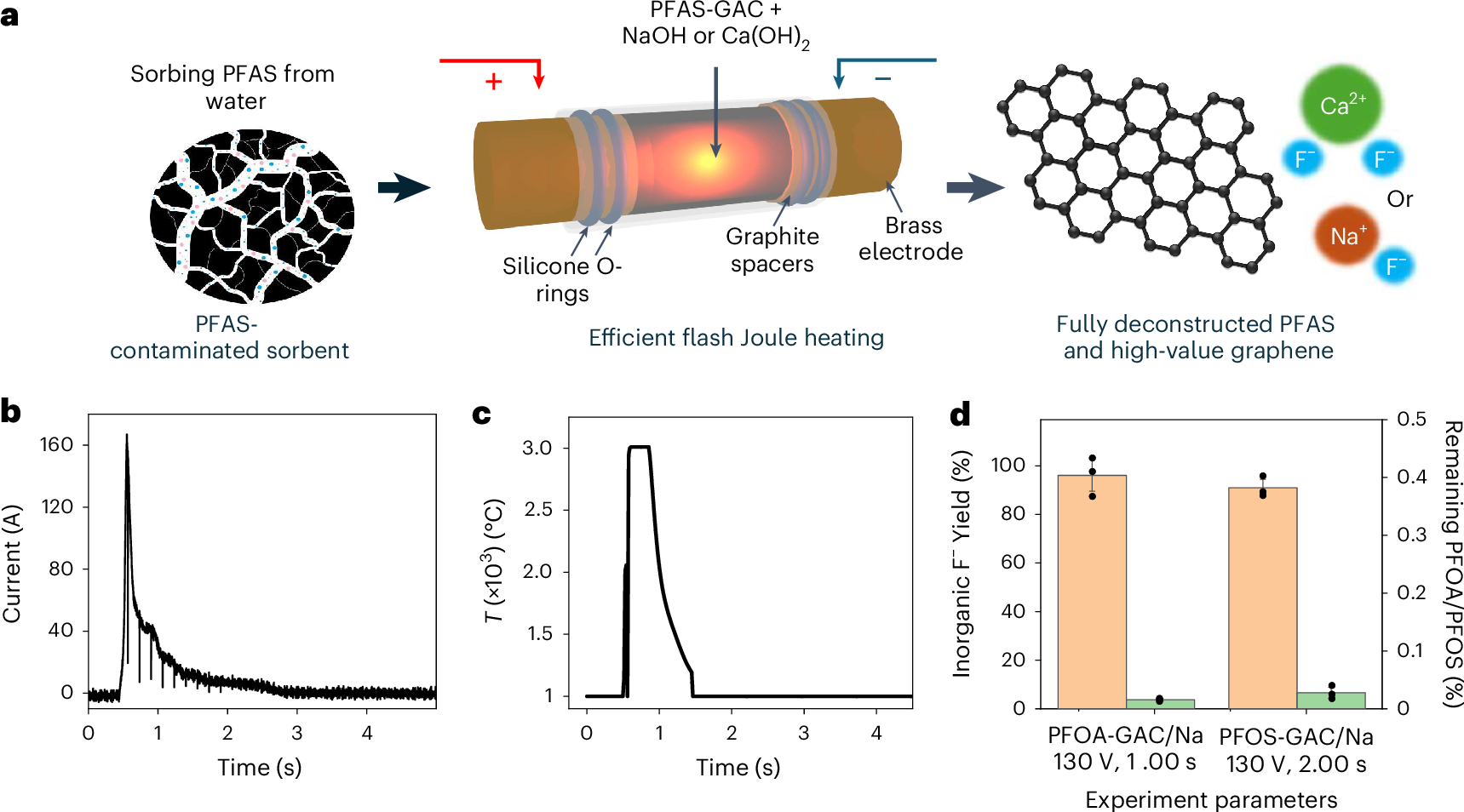Do we need to get rid of our black plastic kitchen tools? Katie Okamoto reports in a recent New York Times piece that "research suggests that there's a chance that black plastic in particular may contain low levels of toxic chemicals. But she then notes that "a math error in one high-profile study led the authors to issue a correction, though the authors maintained there conclusion stands."
Let's look at that study and that error. Joseph Brean at the National Post examines the paper and it's conclusions. The study found that "using contaminated kitchenware could cause a median uptake of 34,700 nanograms of decabromodiphenylether," a fire retardant known as BDE-209. By contaminated kitchenware they mean black plastic kitchenware. The fire retardant makes it's way into the utensils by way of the recycling of plastics from various electronics, usually from Asia. The BDI-209 is considered toxic by the EPA which has set a reference dose at 7000 nanograms per kg of bodyweight per day. The reference dose is a dose below which there is not a serious risk toxic consequences. The authors of the study than calculate the reference dose for a 60 kg adult as , nanograms per day and conclude that their median uptake is 80% of the reference dose. The problem is that the reference dose for a 60 kg adult should be 60 x 7000 or 420,000 nanograms per day so that their median uptake number is on 8% of the reference dose which hardly seems cause for concern. Nevertheless while the authors published a correction fixing the number they did not change their conclusion.
Okamoto goes on the list possible health problems from plastics in general including the dangers of microplastic generated from degradation of plastics in the environment. She also notes that black plastic is difficult to sort and reuse in typical US community recycling processes. She recommends replacing black plastic utensils with silicon utensils which seem functionally equivalent and not especially expensive.
While Okamoto's conclusions seem reasonable a least for customers purchasing new utensils, the information available hardly justify throwing your black plastic utensils away. The message might be that research from advocacy groups needs to be viewed with some skepticism. The research discussed here came from the advocacy group "Toxic Free Future" and was published in Chemosphere, a peer-reviewed journal. This is discouraging since the error is a simple one and it's discovery should have triggered some change in the conclusions of the paper which it did not.





















